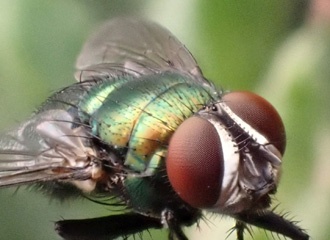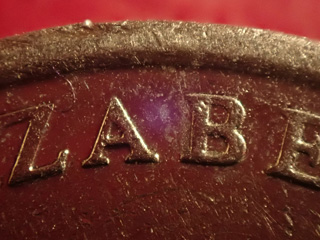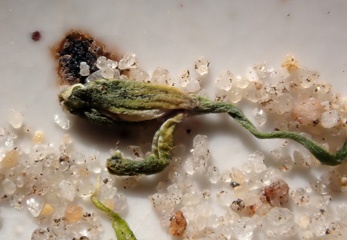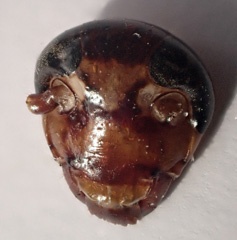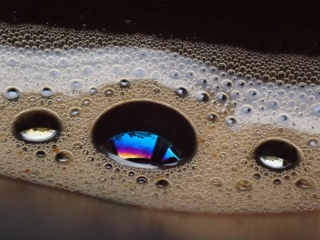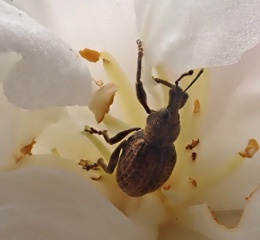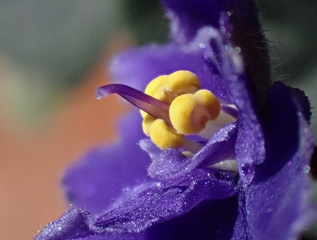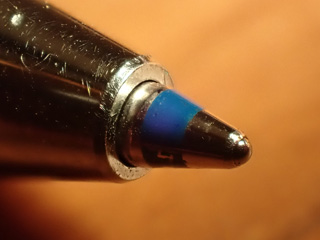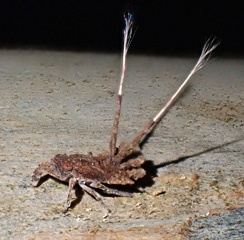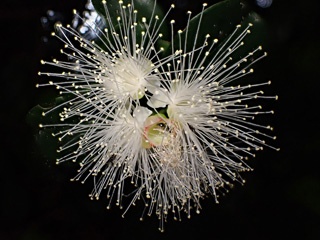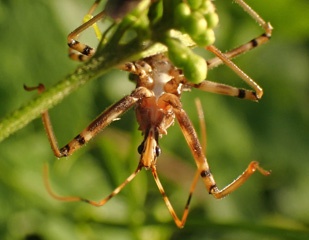On 24 March 2020 I bought the Olympus TG6 pocket camera because I was frustrated with the close-up capabilities of my Sony RX100 M3. The Sony has better image quality because of its larger sensor, but it does not allow you to get closer than about 4 cm. The TG6 images look fine at screen resolution but not so good at 100% crop. Having said that, the TG6 is brilliant for macro. You can fill the screen with an object less than 5 mm wide and that is no mean feat. Taking shots of minute objects hand-held is ridiculously easy. What is equally important, the depth of field achieved using in-camera focus stacking amazes me.
To sum up, the macro capability of the TG6 is that it makes macro, which normally requires great care, preparation, technical prowess etc easy. It took me hours to assemble 4 extension tubes on a tripod and play with focus, aperture and subject distance before I could get photos of the cockroach head using my Canon 7D DSLR that were as good as the hand-held ones from the TG6. If it is big enough to see, then the TG6 can photograph it. No flower is too small. In fact, I see things in my TG6 photos that I cannot notice just by looking at the object.
It is very good in low light if you use the scene mode Nightscapes -> Handheld starlight. There is even a handy light designed for poorly lit macro shots, which works well. Fill flash also works well for macro, where light is always a problem. Focus is pleasingly fast and the lens does not protrude, which is handy when you are 1 cm away from the action.
So if your calling is photographing insects, details of flower stamens, grains of sand or tiny gemstones then you can do worse than buying a TG6. This is my 6th digital camera and it has opened a new world of images for me.
I thought of what can revitalise one's photography: purchasing a piece of equipment that allows new possibilities. The focus stacking of the Olympus is impressive. All the macro photos I took with focus stacking enabled were taken hand-held, some not very stably held at all. The results are better than I expected. If anything, the camera over-does it, making even the background sharp. The camera makes a stacked and a non-stacked image each time, so you can choose whichever is better. Also, the stacking fails sometimes, in which case you get only one image.
My impression is that the people at Olympus were serious about making the camera a fine tool for macro photography. What has annoyed me the most about macro photography in the past was getting only part of the subject sharp. I am looking forward to snapping insects so that their entire bodies are sharp.
Overall, I'd say the Olympus exceeds my expectations. It has its flaws, of course, but it is excellent at macro, and this was what I bought it for. There is some smudging at 100% crop but I can live with it. In low light conditions it occasionally inserts a purple blotch in the middle of the frame, which is pretty annoying. Apart from some poor high ISO images that I can't blame it for, and some red lens flare which spoilt one or two snaps, it is pretty reliable. Focus is quite fast, which is a welcome change from the Sony. For the TG6 I recommend not using ISO higher than 100, if possible.
You can fill the screen with an object less than 5 mm long, such as the writing on the coin below. This is at normal viewing, not 100% crop. It amounts to 50x magnification if viewed on a 24-inch screen. All the photos below were taken using focus stacking hand-held, though I used supports wherever I could.
The TG6 is marketed as a rugged camera that can be used up to 50 feet underwater without a housing. As I am aquaphobic this is of little interest to me, but its macro capabilities are just what I wanted.
Postscript October 2020. I continue to enjoy the macro capabilities of the camera, having taken over 4,000 photos. I have also (unintentionally) dropped it onto concrete and submerged it accidentally in the sea. It didn't even blink.
May 2020
